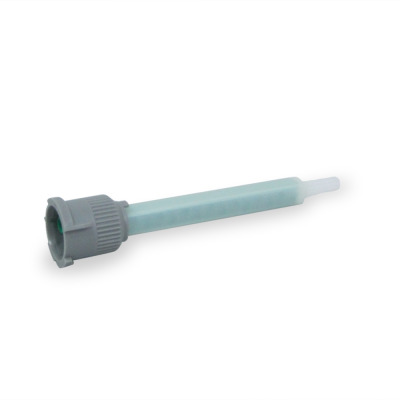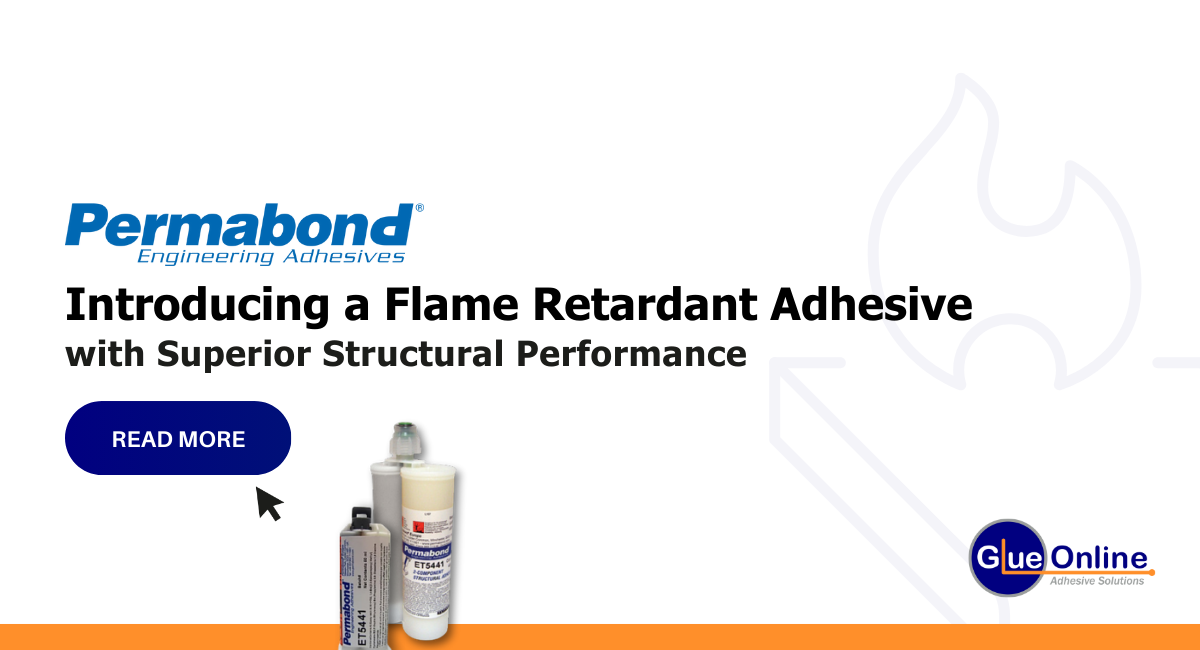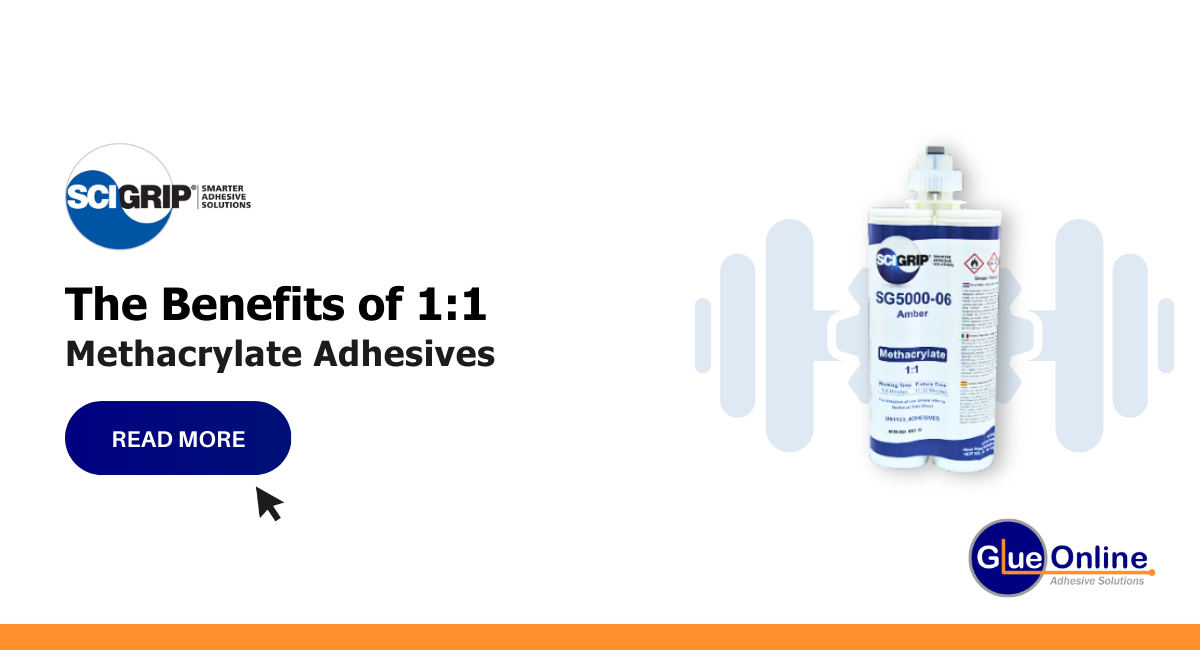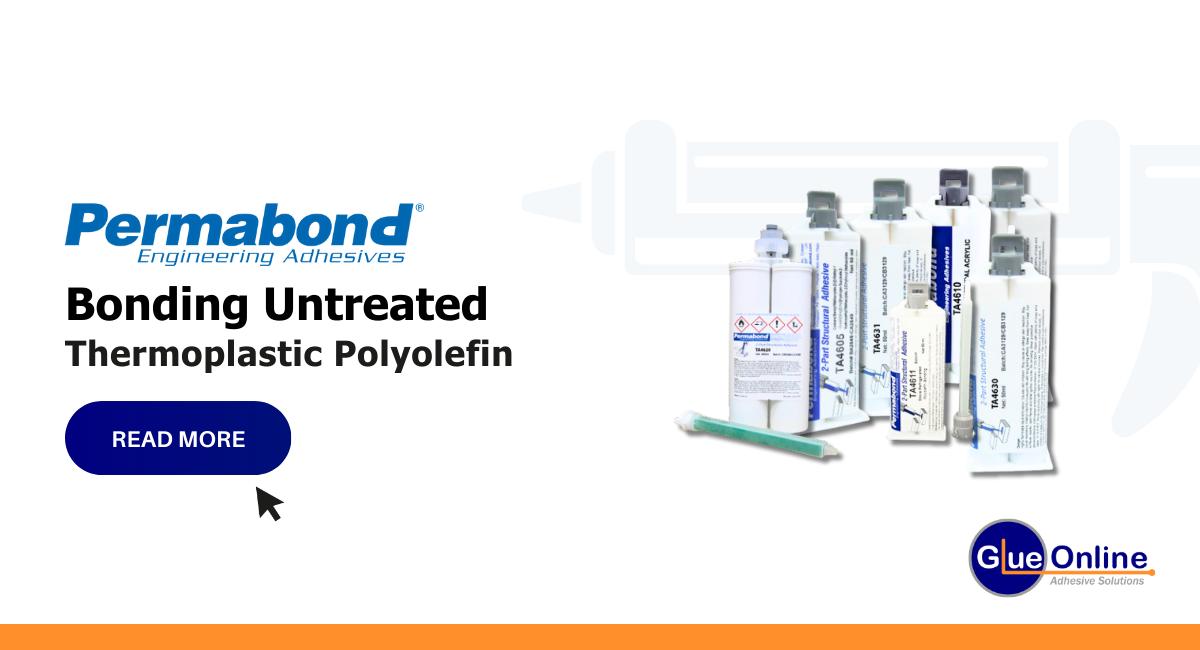High Strength Bonding of Nylon Made Easy
- GlueOnline
- Permabond at GlueOnline
- 22 Aug 2023
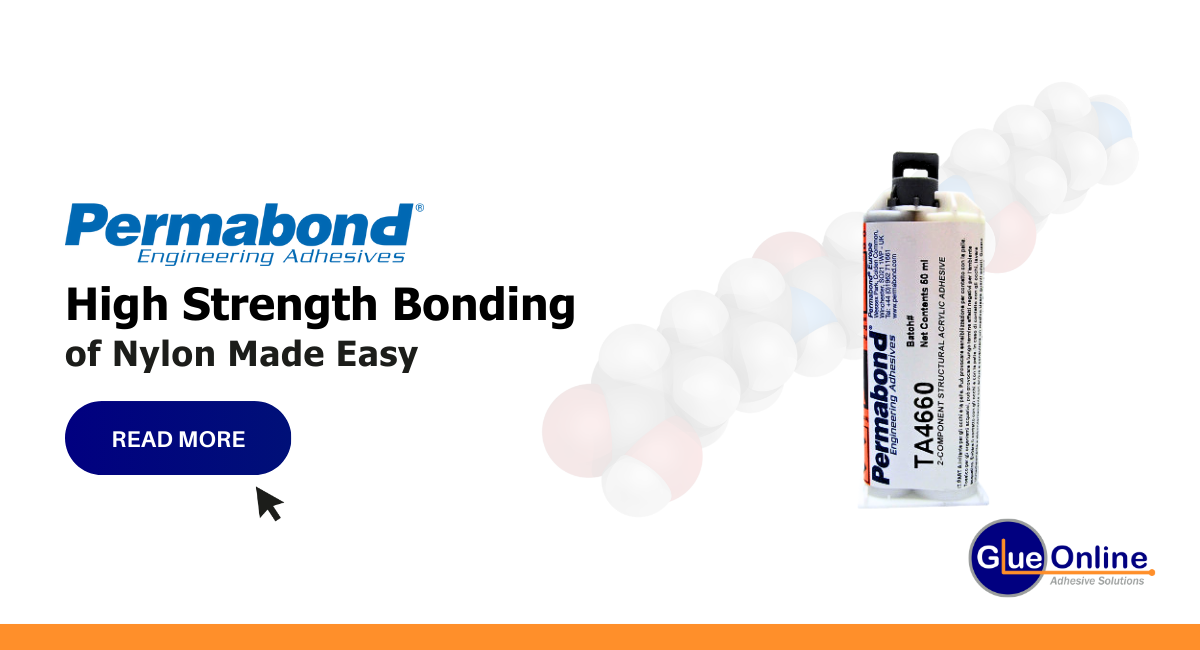
High Strength Bonding of Nylon Made Easy
Bonding nylon can present a few technical challenges due to the material’s specific properties. Some of the common technical problems encountered when bonding nylon include:
- Low surface energy: Nylon has a relatively low surface energy, which can make it difficult for adhesives or bonding agents to wet and adhere properly to the material. This can lead to weak bond strength and poor adhesion.
- Moisture absorption: Nylon tends to absorb moisture from the environment, which can affect the bonding process. Moisture absorption can alter the material’s properties, causing dimensional changes and reducing the effectiveness of adhesives. It is crucial to ensure that the nylon surface is clean and dry before bonding.
- Thermal sensitivity: Nylon has a low melting point, typically between 180°C to 220°C (356°F to 428°F), depending on the specific type of nylon. When bonding nylon, it is essential to use adhesives or bonding methods that do not subject the material to excessive heat, as it can deform or melt the nylon, compromising the bond.
- Chemical resistance: Nylon is resistant to many chemicals, but some adhesives or bonding agents may not be compatible with nylon or may cause degradation of the material over time. It is important to select adhesives that are chemically compatible with nylon to ensure long-term bond integrity.
- Flexibility and stress distribution: Nylon can be a relatively flexible material, and bonding points may experience stress and strain during use or under load. The bonding method should consider the material’s flexibility and provide adequate stress distribution to prevent bond failure or delamination.
Additional Issues of Filled and Unfilled Nylon Surfaces
Bonding filled and unfilled nylon surfaces can present some technical difficulties due to the differences in their properties. Here are some specific challenges associated with bonding these types of nylon surfaces:
- Filled nylon surfaces: Filled nylon typically contains additives, such as glass fibres, minerals, or other reinforcing materials, which enhance its mechanical properties. The presence of fillers can make the surface rougher and more abrasive, reducing the contact area for bonding. This can lead to weaker adhesion and lower bond strength compared to bonding unfilled nylon.
- Filler interference: The fillers in filled nylon can interfere with the bonding process by hindering the wetting and penetration of adhesives or bonding agents into the material. The fillers may act as barriers, preventing effective bonding between the surfaces. Surface preparation techniques, such as cleaning, roughening, or treating the filled nylon surface, may be required to overcome this challenge.
- Differential thermal expansion: Filled and unfilled nylon surfaces may have different coefficients of thermal expansion due to the presence of fillers. This can result in differential expansion and contraction during temperature changes, leading to stress concentrations at the bonded interface. Over time, these stresses can weaken the bond and cause delamination or failure.
- Filler migration: Some filled nylon materials, especially those with high filler content, may experience filler migration over time. The fillers can migrate to the surface, affecting the bond quality and integrity. The migration of fillers can create discontinuities in the bond, leading to reduced strength and reliability.
- Material compatibility: The presence of fillers can change the chemical composition and surface properties of the nylon material. This alteration may affect the compatibility between the bonding agent or adhesive and the filled nylon surface. Compatibility issues can lead to reduced adhesion, poor bond strength, or chemical reactions that degrade the bond.
To address these technical difficulties, it is important to select adhesives or bonding agents specifically designed for bonding filled nylon surfaces. Surface preparation, including cleaning, roughening, or treatment, should be performed to improve adhesion. Additionally, optimising the bonding process parameters, such as temperature, pressure, and curing time, can help achieve a stronger bond between filled and unfilled nylon surfaces.
Patent Pending Technology from Permabond TA4660 Nylon Bonder Overcomes Bonding Issues on Nylon 6, Nylon 6,6 and Glass Filled Nylon
Permabond TA4660 is a two-part structural adhesive designed for use on difficult filled and unfilled nylon surfaces, with no requirement to carry out surface pre-treatment or priming before bonding. The adhesive cures fully at room temperature to form a high strength joint. During pull tests, it even caused the nylon to break, not the bond!
TA4660 can be used in applications such as automotive housings for under bonnet applications; EV battery pack sealing; sports equipment manufacture, electronics and sensors and profile, pultrusion & stiffener bonding.
It offers full cure at room temperature, with a working strength in 2 hours and full strength achieved in 48 hours. It’s tough! able to cope with differential thermal expansion and contraction between dissimilar surfaces and provides excellent chemical and thermal resistance. Provides great adhesion to metal such as mild steel and aluminium and is representing the cutting edge in technology, patent pending. Available in either 50ml or 400ml side by side cartridges.
Shop Online


